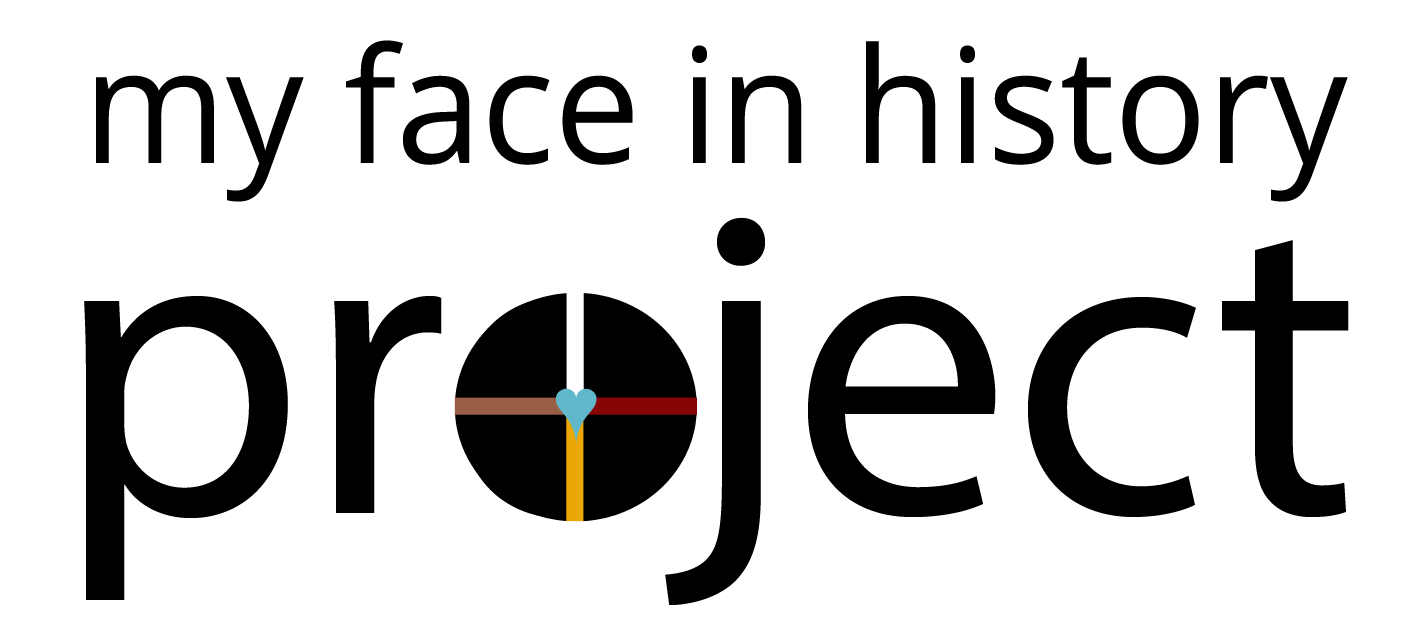Initially, this was to be a short (brief) sharing of “rare” black Indian photos but turned into a few hour intensive “conversations” about identity, classification and conflicts within the construct of historic timelines, mound-builder and autochthonic aboriginal lineage, and flat out moorish etymology and history in the Americas . personally I have too many questions lingering round my head stories needing resolution and deeper inner standing (understanding).
Disrupting the [Trans – Atlantic] Slave Narrative. Let’s ponder this photo below of two very dark skinned AmerIndians of possibly North, South, or Central America. It is only one among hundreds of images kept from mainstream media and history books which tell a very different historical timeline and identity of the original inhabitants of the Americas.
It disrupts the slave narrative placed upon dark skinned inhabitants of North Central and South America as “Afro” Latina, Afro Peruvian, Afro Caribbean, Afro Brazilian, Afro Mexican, et al. It asks the real questions based on real evidence and real facts not theory or mythology posed as academic history. It accepts that slavery did exist, but exposes the holes in the story about aboriginal first peoples already existing on those conquered lands. It also questions the accuracy of the so called Trans-Atlantic slave trade, the validity of those African numbers being transported by boat to the “new” world (the Americas) and the suppression of data that many millions of Indigenous tribal nations were involved in the “African” slave trade and reclassified with the pen and law as “negro, colored, black” loosing their identities and human rights.

What do we know about our aboriginal indigenous ancestors from the Americas? Have you seen the photos of the tobacco ads from the early 1700s? Have you read the descriptions of the “early Eurasian (European) settlers’ describing the “Native Americans” they saw in the “New World”?
Early Tobacco Ads in the Colonies, Depictions of AmerIndians and “Moors”
Analyzing these photos, we should begin the conversation around identity and miseducation of African American history. Below I’ve shared a few early colonial tobacco ads. What is striking however, are the diverse illustrations of the black or brown man or children presented in these photos, notice their attire, tribal headdress of feathers typical to the aboriginal or Native American while other headdress are typical to Moorish clans found throughout Eurasia (Europe) as seen in J.A. Roger’s books,
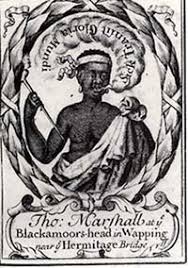


Barrett’s Old Tobacco, Two Black Boys Against Somerset House in Strand London, the photo shown above depicts two very dark skinned youths (boys) one wearing a feathered crown while the other a turban crown with identical cloth wrapped or draped around their waist. This photo suggests they are from the same tribe or region.
This subject, I will examine more as it raises many important yet overlooked questions regarding the world and culture of time many of us have long forgotten. I pose the question, however, that perhaps a so called “moorish” culture existed that spanned across the Atlantic between continents. What if what we call “moor” today is some remnant of a vast culture that existed within the Americas prior to Columbus? And if this is the case, how did this word “moor” become synonyms with the entangled “dirty moors” as a blanket term for all moorish identity? If there is anything I’ve learned in my own academic (scholarly) research is that many things that were ancient and sacred were “inverted” stripped down and bastardized into its complete opposite. But why is this so hard to consider, believe, or reconcile?
If there is anything I’ve learned in my own academic (scholarly) research is that many things that were ancient and sacred were “inverted” stripped down and bastardized into its complete opposite. But why is this so hard to consider, believe, or reconcile?

America inside Cover illustration in the 1671 Book John Ogilby titled “Being an accurate description of the New World Containing its Original Inhabitants, and the Remarkable Voyages…Their Cities, Towns, Temples, Mountains and Rivers..” See the Inside cover below for complete literature and context.

Rhode Island
New England Tribes – Algonquin
Narragansett Tribe

The archeological evidence of the Narragansett Tribe and the Wampanoag of Rhode Island, 1925. These photos are astounding and quite beautiful capturing the spirit and pride of the autochthonous lineage of Rhode Island, New England, North Americans.
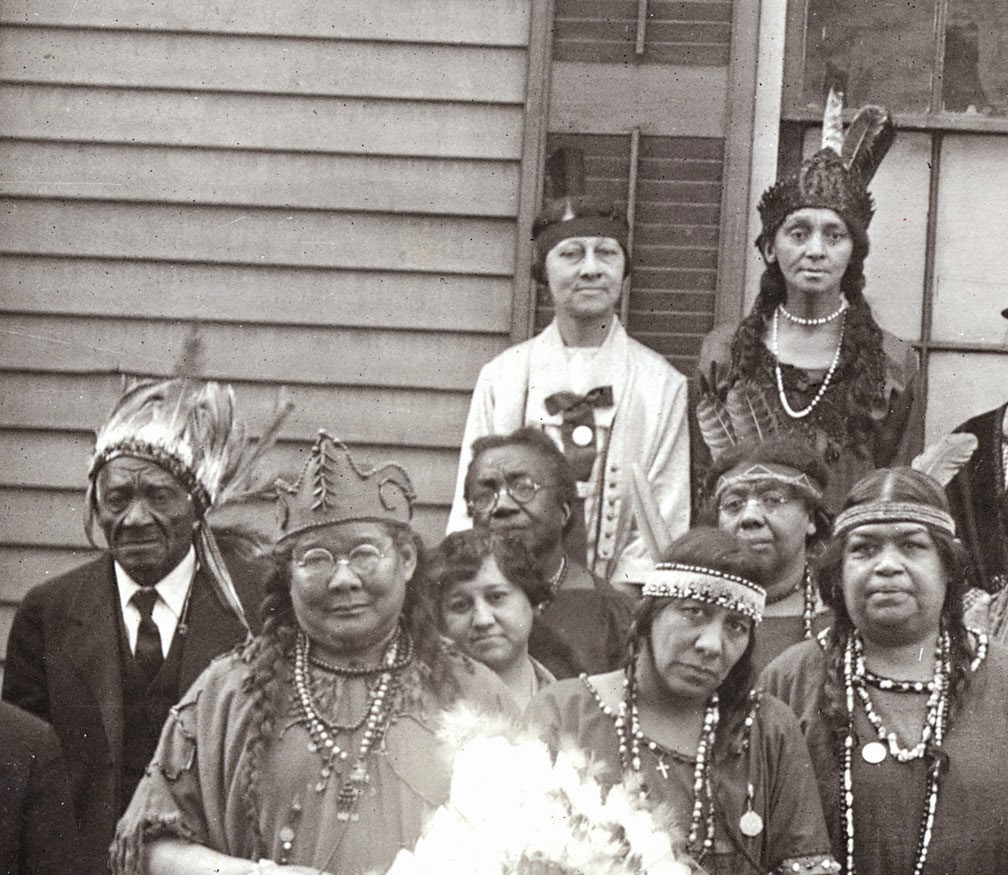
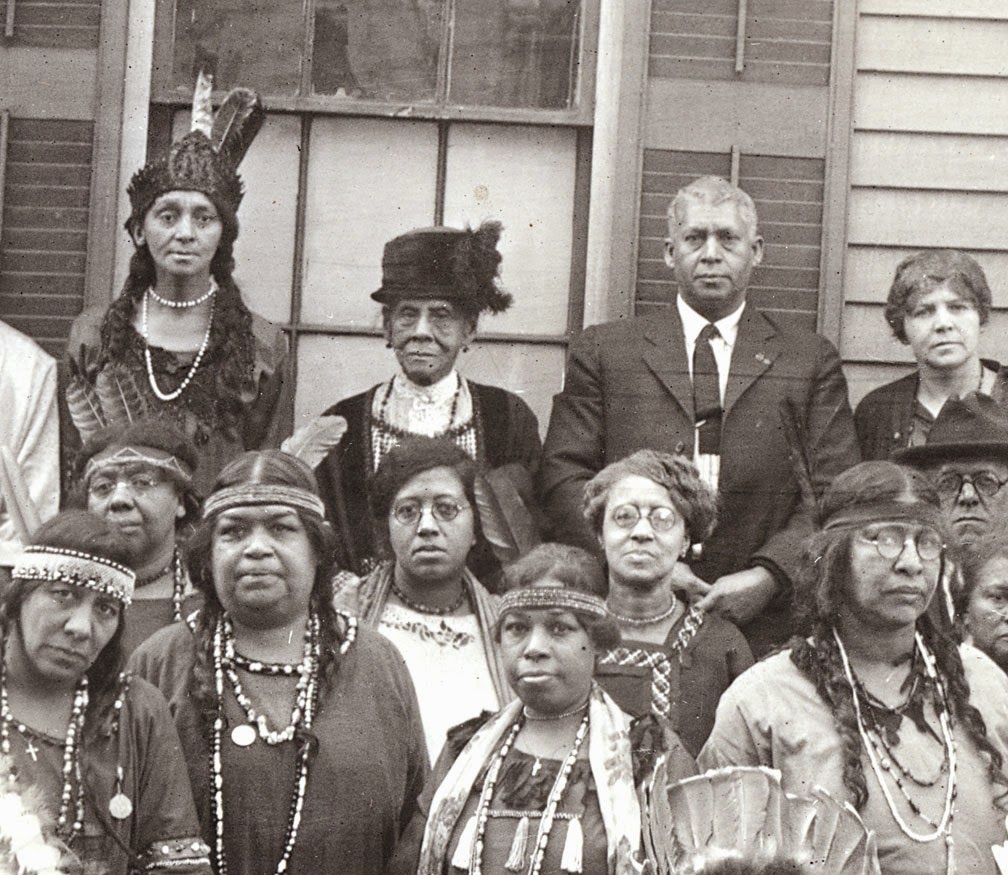

Oregon Tribes

Portland, Oregon Tribes of the Pacific Northwest. The Chinook Native Americans.

Montana
Blackfoot

Flathead Tribe

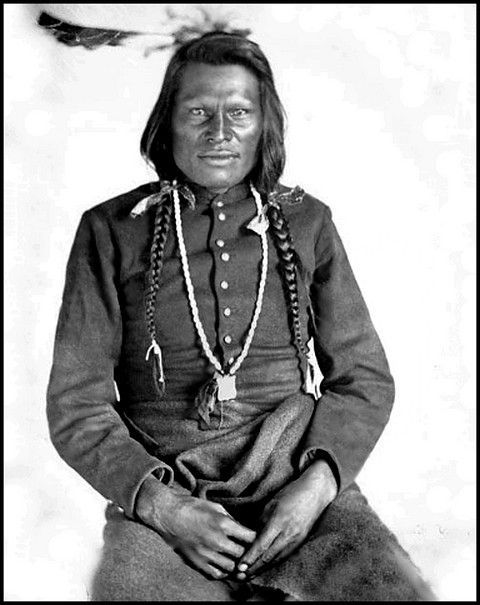

Virginia – Potomac (Patawmeck) Tribe

California Tribes
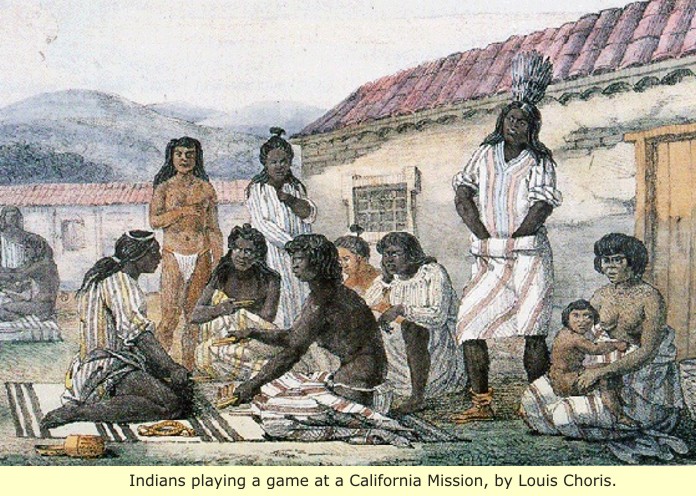
Ohlone Tribe

San Francisco Tribes
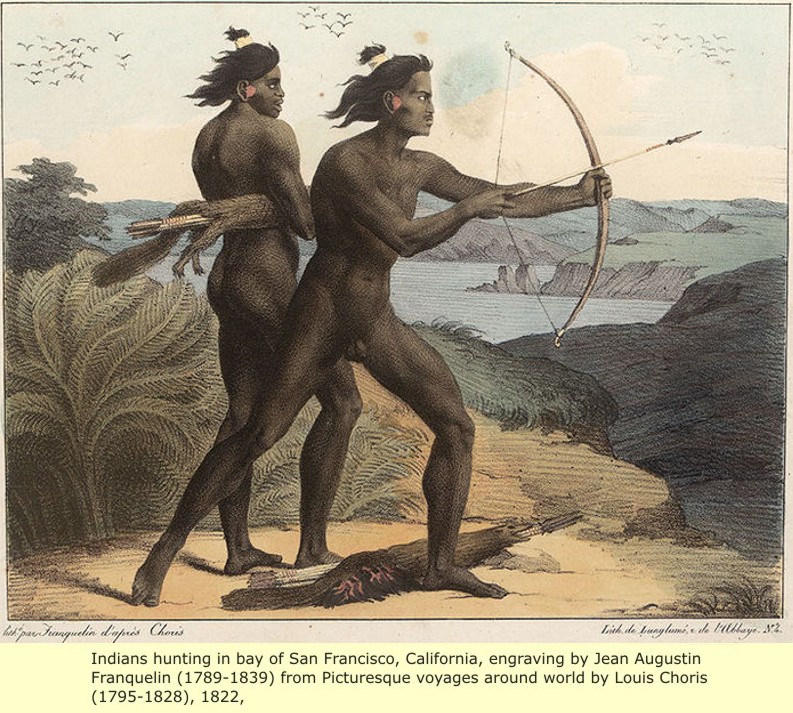
Florida Tribes
Seminole Tribe

Georgia
Yuchi Tribe of Georgia, Tennessee, South Carolina regions, North America

Mississippi
Choctaw Tribe – 1908
Recognized by the US Government, The Choctaw Tribe of Mississippi, photo taken in 1908 of the Mississippi Choctaw collection of the National Museum of the American Indian.

Mound Builders
Who are the Mound Builders of North America?
This is an ongoing inquiry and conversation that must continue to take place, not only through academic and scholarly research but recognized and unrecognized tribes sitting together with historians, researchers, and writers to mend the miseducations within documented history, oral stories, and biases. Who are the Mound Builders? A controversial path to reclaiming our ancient roots. Let’s look at some evidence, oral stories, and documented histories.
The Chahta and the Washitaw Tribes of North America, a Mound Builder Civilization Conversation
The Tchefuncta Nation Chahta Tribe. The Chahta later changed by the pen of the Europeans and reclassified as the Choctaw (were further separated by the classification of the “race” construct identity as “Black” based on both skin color and color of law ) are said to be part of the Mound Builder civilizations of North America. Chief Warhorse of the Chahta Tribe of New Orleans particularly the ancient mound site Poverty Point in West Carroll Parish claims her tribe are indigenous the the Americas and part of the Mound Builder ancient lineage. She, however, dismisses the “moorish” identification associated with mound builder ancient civilization as most indigenous aboriginal tribes tend to do based on historical “European” conflict and tribal fighting.
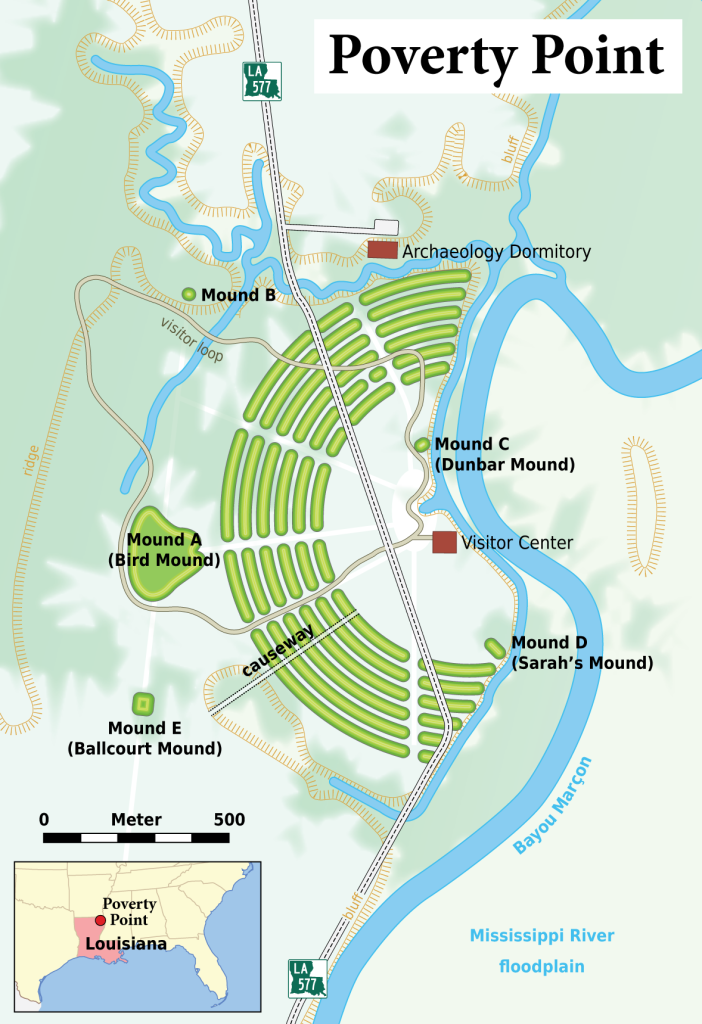
The Washitaw Muurs in Ancient America. Likewise, the Washitaw Tribe of the Empire of the Washitaw De Dugdahmoundyah equally claim ancient lineage to the Mound Builder civilizations dating back to the ancient Olmec Maya of Central America with a North American dynasty expanding over most of the North American continent.
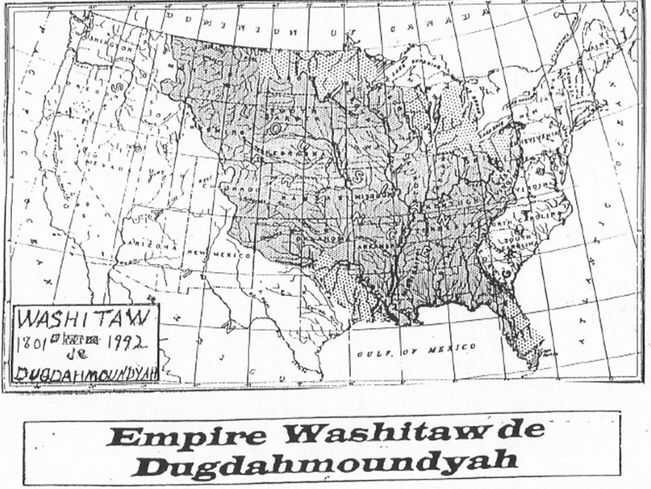
The Moor and Muur Controversy, What’s the Difference?
Many so called Indigenous and Native American tribes purposefully dismiss the “moors” identification as part of the historical lineage of the ancient Aboriginal Americans due to the early European settlers and colonization conflicts (and wars) associated with the Trans Atlantic Slave trade of the Indigenous populations spanning throughout North, South and Central America and the African continents. But there is refutable evidence that there were bands of ancient “moors” or muurs who also existed throughout the Americas such as the Mayans and other North American tribes prior to the Columbus discovery. It is noted that the word “muurs” is an ancient name of the original people on the planet once called “Muu” or “Moo” a “lost race” of Lemuria and Atlantis.
Moors Recognized by the CDC Government Website as part of the Eastern Tribes of North America
It is also noted that the CDC government website recognizes the identification of the “Moors” (1237-7) under their “Race and Ethnicity” Code System under the classification of the Eastern Tribes of North America and American Indian classification system.

Does this “recognized” classification system of the Eastern Tribes have anything to do with the Empire Washitaw De Dugdahmoundyah and their Muur (AmerIndian Autochthonous Aboriginal) lineage? Or other Moor-ish tribal affiliations? Are there any other moorish tribal nations out there? Who has done the work necessary to secure recognition, land, rights, etc. autonomy? (I’m ALWAYS asking questions and not assuming its one way or the other. )

Conversations Moving Forward
These are necessary conversations that must take place in our communities. Among tribal leaders like Dr. Alim Bey, Chief of the Washitaw De Dugdahmoundyah and Chief Warhorse of the Chahta Tribe of New Orleans or other tribal nations and academics, scholars and historians (pan africans included). No debates, just peace talks moving forward within a community of earth people.
Chatah Tribe – Florida and Louisiana
Chief Warhorse of the Chahta Tribe of New Orleans



Washitaw Tribe
Empire Washitaw De Dugdahmoundyah
Empress Verdiacee Tiari Washitaw – Turner Gaston El Bey
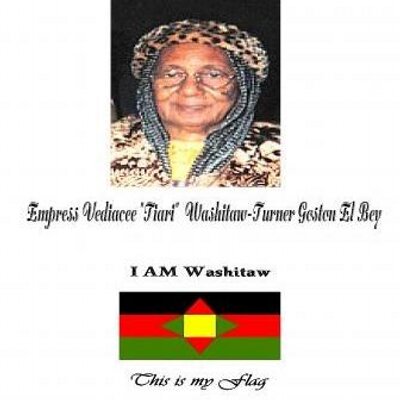
Nationally recognized Indigenous Aboriginal North American Tribe as the Oldest North American Tribe and Civilization on Earth!

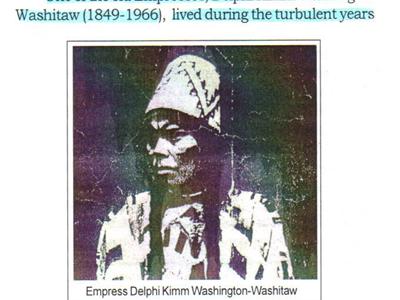

We are the Washitaw, The Indigenous Black Inhabitants of North America. The Suppressed Story of the Ancient Ones, the Original Black Mound Building Inhabitants of North America.
More North American Tribes
Colorado and Wyoming
Arapaho Tribe
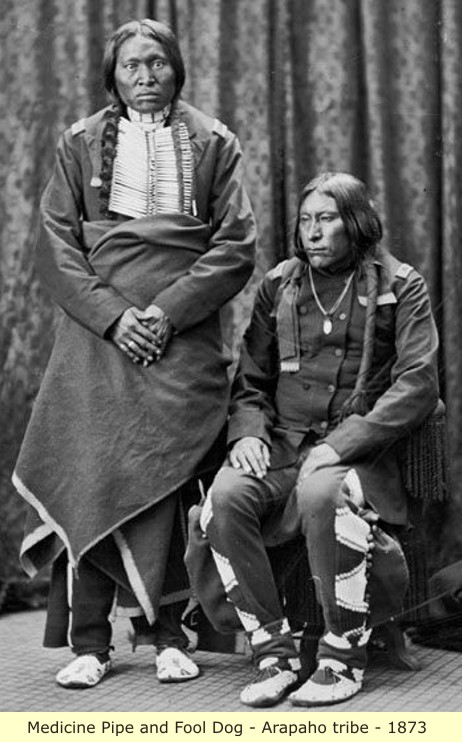

Arizona and Colorado
Yuma Tribe


Emblem of America published in 1801 by Haines and Son, British Museum. Depicting an autochthonic Aboriginal AmerIndian Woman adorned in tribal wardrobe and leopard or jaguar skins. For Educational Use Only.
